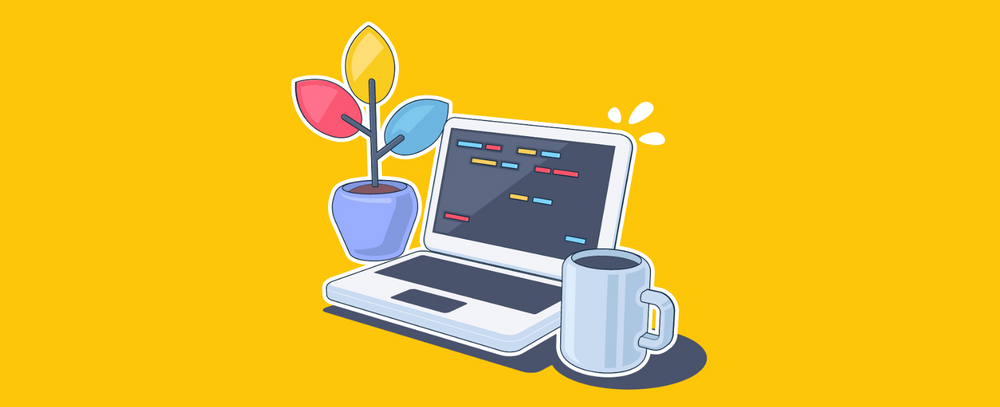Here are 20 CSS tricks that you can use to enhance your web development projects:
Centering Elements Horizontally: Use
margin: 0 auto;on a block-level element to center it horizontally.Centering Elements Vertically: Utilize
display: flex;andalign-items: center;on the parent container to center its child vertically.Creating Responsive Layouts: Apply media queries with
@mediato adjust the layout based on different screen sizes.Creating Equal-Height Columns: Use the CSS
display: flex;andflex-grow: 1;properties on column containers to make them equal in height.Creating a Sticky Footer: Set the
min-heightof the content container to100vhand give the footer a fixed position at the bottom usingposition: fixed;.Creating Animated Hover Effects: Utilize the
transitionproperty to add smooth transitions on hover.Creating a Gradient Background: Use the
background-imageproperty with thelinear-gradientfunction to create gradient backgrounds.Styling Links: Apply
text-decoration: none;to remove the default underline on links and use:hoverand:visitedpseudo-classes to style link states.Creating a Drop Cap Effect: Use the
::first-letterpseudo-element to style the first letter of a block of text.Creating Responsive Images: Use the
max-width: 100%;property on images to ensure they scale down properly on smaller screens.Creating a Modal Box: Use the
display: none;property along with the:targetpseudo-class to create a modal box that opens when a specific anchor link is clicked.Creating a Responsive Navigation Menu: Utilize the CSS
flexboxorgridlayout to create a responsive navigation menu.Creating a Slideshow: Use the
animationproperty and@keyframesto create a slideshow with CSS animations.Creating a Fixed Sidebar: Set
position: fixed;on the sidebar container to make it stay fixed while scrolling.Creating a Custom Checkbox/Radio Button: Use the
labelelement along with theinput[type="checkbox"]orinput[type="radio"]and style them with CSS.Creating Tooltips: Utilize the
::beforeor::afterpseudo-elements to create tooltips that appear when hovering over an element.Creating a Scroll Progress Indicator: Use JavaScript to calculate the scroll position and update the progress indicator's width or height accordingly.
Creating a Parallax Effect: Apply
background-attachment: fixed;to a background image to create a parallax scrolling effect.Creating a Flip Card Effect: Use CSS
transformandtransitionproperties to create a card that flips on hover.Creating a Responsive Video Embed: Wrap the video element in a container and use the
padding-topproperty to maintain its aspect ratio.







Top comments (0)